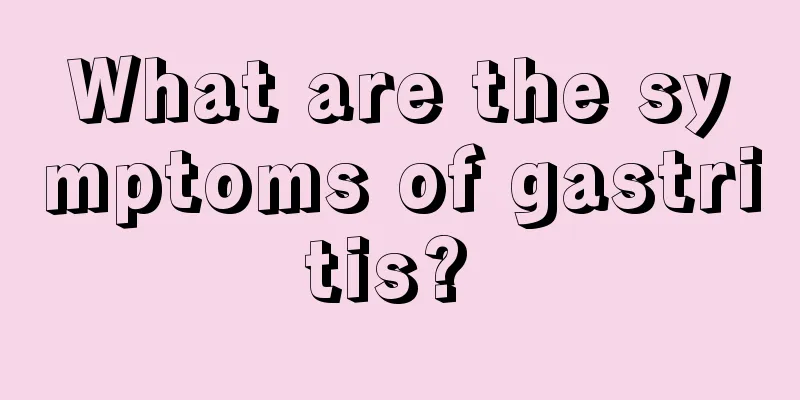Indications for bladder pacemaker

|
There is an old Chinese saying that a living person cannot be held to death by urine. But did you know that some people now have difficulty urinating due to bladder problems? Currently, a good treatment method for this situation is to use a bladder pacemaker. Bladder pacemaker is currently a relatively good method for treating problems such as frequent urination and urgency. Here we will introduce you to the indications of bladder pacemaker. Bladder pacemaker is the common name for InterStim Sacral Nerve Stimulation or InterStim Bladder Pacemaker Implantation, and the registered trademark is InterStim. It is a minimally invasive treatment for urination disorders. Electrodes are implanted in specific sacral nerves in the body, continuously releasing low-intensity weak electrical pulses to stimulate the afferent nerves, regulate the urination reflex, and restore the urine storage and urination functions of the bladder and urethra. In terms of urination control, it can treat or relieve frequent urination, urgency, urge incontinence, and non-obstructive urinary retention. It can also treat or relieve chronic fecal incontinence. The bladder pacemaker implant system is a delicate and compact microelectronic device that includes a pulse generator with memory function - a bladder pacemaker, an electrode and an extension lead. These components are implanted in the body and will not affect the patient's daily life. Bladder pacemakers - Indications In terms of urinary dysfunction, the main treatment is for symptoms of frequent urination, urgency, urge urinary incontinence, and non-obstructive urinary retention in patients who have not responded to conservative treatment (oral medication, behavioral therapy) or cannot tolerate conservative treatment. 1. Overactive bladder and conservative treatment is ineffective. 2. Overactive bladder with impaired detrusor contractility. These patients often experience residual urine or urinary retention when treated with anticholinergic drugs. 3. Urge urinary incontinence caused by incomplete suprasacral spinal cord injury and ineffective conservative treatment. 4. Interstitial cystitis and conservative treatment is ineffective. 5. Urinary retention due to decreased detrusor contractility. 6. Severe urinary frequency and urgency syndrome that is ineffective with conservative treatment. 7. Patients with severe chronic pelvic floor pain accompanied by urination disorders and ineffective conservative treatment. It can be said that the above-mentioned types are all indications for bladder pacemakers. You can compare your symptoms. If they are met, you can use a bladder pacemaker for treatment. You should know that a bladder pacemaker is a minimally invasive surgery. It can not only be used to treat diseases, but also will not have any impact on the patient's life and other body organs. It is a relatively good solution. |
<<: Indications for temporary cardiac pacemaker
>>: What are the treatments for variant asthma cough
Recommend
What items should be checked for hepatic hamartoma
What are the examination items for hepatic hamart...
Does bladder cancer T2 have a big impact on life expectancy?
The life expectancy of patients with T2 bladder c...
What are the benefits of eating purple grapes
Grapes are a relatively ancient food and have man...
Why is osteosarcoma prone to recurrence
Osteosarcoma is a malignant tumor. Once diagnosed...
What are the adverse reactions to leprosy vaccination
Leprosy is a serious disease, so in order to prev...
How much Astragalus should be added to boil water at a time
In daily life, in order to absorb the medicinal e...
The little toe of my foot hurts when I walk
When we walk, we often find that the little toe o...
How to do urethrography
People who often don't like to drink water an...
Causes of genital ulcers
Generally speaking, genital ulcers are mostly cau...
Excessive exposure to the sun can cause skin cancer
Experts say that too much sun exposure is also a ...
How to perform surgical treatment for bone metastasis of proximal femur
Bone cancer caused by malignant tumors metastasiz...
What are the treatments for gastroesophageal reflux
Many people may not know what gastroesophageal re...
What causes concussion?
Patients with concussion will experience symptoms...
Detailed introduction to ovarian tumors
Ovarian tumors refer to tumors that occur on the ...
In the early stage of colorectal cancer, the main symptom is blood in the stool
In the early stage of colorectal cancer, the main...









